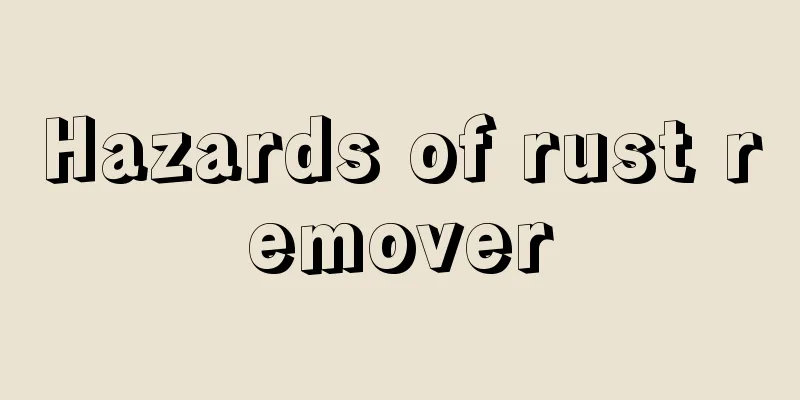How to check lung cancer? Several effective methods to confirm lung cancer

|
In recent years, due to poor air quality and other reasons, more and more people have been troubled by the problem of lung cancer. So how can you determine whether you have lung cancer? The following will introduce the methods of lung cancer examination for your understanding. What are the ways to check for lung cancer? 1. Chest X-ray and radiography can reveal various circular shadows, pneumonia, atelectasis, pleural effusion, etc. Chest X-ray, CT and MRI examinations can help us understand the relationship between the size of the tumor and the lung lobe, segment and bronchi. Bronchial iodized oil contrast can be performed if necessary. 2. Bronchoscopy can directly observe the lesions, and can also take biopsy samples for pathological examination and bronchial secretion smears to check for cancer cells. 3. Repeated examination of sputum for cancer cells may yield positive results, which are of diagnostic value. 4. If the lung puncture is accurately positioned, a smear examination of the puncture material can generally obtain a positive result, which is of diagnostic value. 5. Superficial lymph node puncture or biopsy: When lung cancer has not yet been confirmed or is accompanied by widening of the upper mediastinum, puncture and aspiration of cells or biopsy of palpable lymph nodes on the neck and clavicle, suspicious subcutaneous masses, and suspected cancerous lymph nodes in other parts can be performed to obtain a pathological histological diagnosis. What are the common symptoms of lung cancer? Hoarseness It is the most common symptom in patients with advanced lung cancer. The recurrent laryngeal nerve that controls the left side of the voice function goes down from the neck to the chest, bypasses the large blood vessels of the heart and goes back up to the larynx, thus controlling the left side of the voice organ. Therefore, if the tumor invades the left side of the mediastinum and compresses the recurrent laryngeal nerve, hoarseness will occur, but there will be no sore throat or other symptoms of upper respiratory tract infection. Facial and neck edema On the right side of the mediastinum is the superior vena cava, which returns venous blood from the upper limbs and head and neck to the heart. If the tumor invades the right side of the mediastinum and compresses the superior vena cava, it will initially cause the jugular vein to swell due to poor blood return, and eventually lead to edema of the face and neck, which needs to be diagnosed and treated in a timely manner. |
>>: Does dietary fiber really induce liver cancer? These are the factors that cause liver cancer
Recommend
Is the cure rate of early laryngeal cancer high?
If regular comprehensive treatment is carried out...
Nipple pain and delayed menstruation?
Nipple pain and delayed menstruation are very com...
Does pomegranate lower blood sugar?
Pomegranate is a common fruit. It is rich in nutr...
Effects and hazards of edible alkali
We are all familiar with edible alkali. Mothers a...
Can bitter almonds be eaten?
After eating apricots, many people will smash the...
What is the best treatment for pelvic inflammatory disease and what are some self-treatment options?
When it comes to treating diseases, the choice of...
Can a father's stomach cancer be passed down to his children?
As we all know, gastric cancer has the characteri...
Red bloodshot in the right corner of the eye
The red bloodshot in the right corner of the eye ...
What to do if you can't sleep due to noise
In life, many people are particularly afraid of n...
Will cervical ligament calcification heal itself?
Many people do not know what cervical ligament ca...
What to do if you vomit or have diarrhea in the middle of the night
Nowadays, most industries operate normally during...
Propolis has antibacterial and anti-inflammatory properties
Many people have drunk honey in their daily lives...
How long can the anti-mosquito buckle be used
Mosquito repellent buckles are a popular product ...
Tips for removing hair around mouth
We all have sweat hair on our faces, but the prom...
What can I use to wash off butter
In daily life, butter is not unfamiliar to many p...









